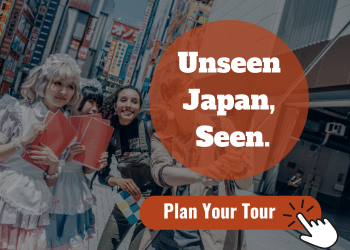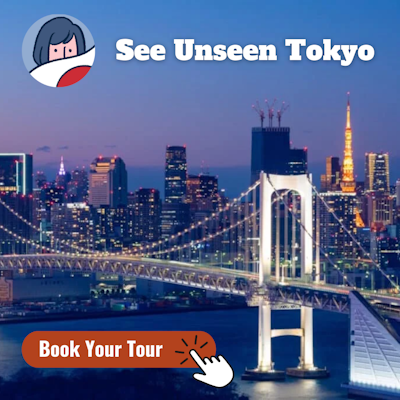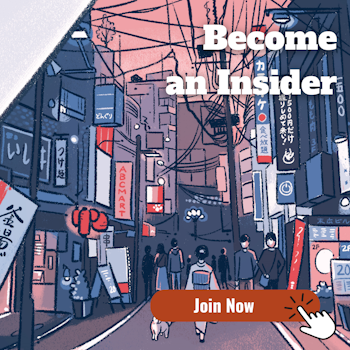It’s not hard to spot an AI-generated picture. There’s an “uncanny valley” feeling to them that leaps off the page, slaps you in the face, and steals several French fries off your plate.
Some people, however, seemingly can’t tell the difference between reality and fiction. This became clear after a photography contest in Saitama Prefecture had to retract an award it gave to a highly improbable shot. What’s worse is that the unoriginal “artwork” wasn’t even generated by the submitter.
Stealing an AI-generated image sets a new low bar

The “artwork,” entitled “This is my head!” (俺の頭だぞ!), was submitted to the 42nd Saitama Salon, run by the All-Japan Association of Photographic Societies SAITAMA, in Saitama Prefecture, in conjunction with Japanese newspaper Asahi Shimbun. Out of 743 submitted photos, officials somehow chose the obviously AI-generated picture of a dragonfly landing on a frog’s head to receive the grand prize.
“This shot of a dragonfly landing square on a frog’s head is bursting with humor,” read the description on the contest’s website. “It’s a work that combines obvious skills in photography technology and composition with a mysterious charm and familiarity.”
The Association hung the work in its gallery. A picture of it also ran in an edition of the Asahi Shimbun.
However, overseas social media users quickly pointed out that the winning image was AI-generated. Not only that, but it appeared to be taken from a site offering royalty-free AI-generated images.
The submitter, who was later interviewed by legal site Bengo4.com, admitted the image didn’t belong to them. Shortly after, Asahi Shimbun rescinded the prize.
AI works not forbidden by contest
Ultimately, the work was rescinded, not because it was AI, but because the submitter didn’t create it themselves. The contest currently has no rule against the use of AI imagery.
The contest says it will consider how to “handle” AI “artwork” moving forward.
Planning a trip to Japan? Get an authentic, interpreted experience from Unseen Japan Tours and see a side of the country others miss!
“Noah [at Unseen Japan] put together an itinerary that didn’t lock us in and we could travel at our own pace. In Tokyo, he guided us personally on a walking tour. Overall, he made our Japan trip an experience not to forget.” – Kate and Simon S., Australia
See a side of Tokyo that other tourists can’t. Book a tour with Unseen Japan Tours – we’ll tailor your trip to your interests and guide you through experiences usually closed off to non-Japanese speakers.
Want more news and views from Japan? Donate $5/month ($60 one-time donation) to the Unseen Japan Journalism Fund to join Unseen Japan Insider. You’ll get our Insider newsletter with more news and deep dives, a chance to get your burning Japan questions answered, and a voice in our future editorial direction.
Artists across the globe have campaigned against generative AI art, saying it’s generated—without permission or compensation—by training Large Language Models (LLMs) that drive GenAI on their original works. Others – even artists, such as fine art photographer Craig Boehman – have defended it, comparing the current AI art backlash to the backlash against photography.
(Unseen Japan does not approve of AI art and does not use it in any of our work. Instead, we sometimes commission human artists for original illustrations.)
GenAI has also had a deleterious effect on news – something we’ve had to contend with at UJ. The Internet is awash with AI-generated images of Japan that, in 99% of cases, bear no relationship to the reality of daily life here.
Earlier this year, we also wrote about a controversy involving a commercial for Maruchan udon, which some say used GenAI to create half-baked and sloppy animation cels.
Sources
「カエル写真」最優秀賞を取消し、受賞者が「自作でない」と申告…SNSで「AI画像と似ている」と指摘も. LiveDoor News
最優秀賞取消しの「カエル写真」新たな事実明らかに 「制作者の許諾は得ていなかった」埼玉県の写真コンテスト. Bengo4.com





